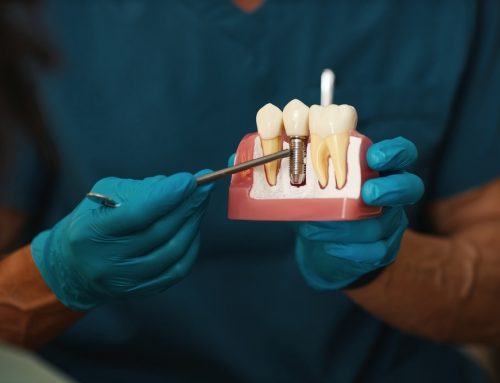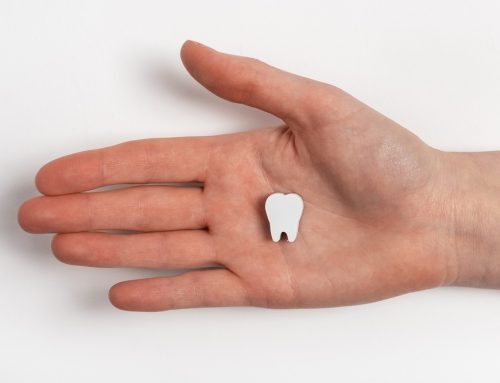When you are experiencing tooth pain, does a cavity need to be filled, or is it time for a root canal (endodontic treatment)? In most cases, the pain in your tooth is caused by tooth decay that has created a cavity. When the severity of the damage has led your dentist to consider removing your tooth, one final procedure can be done to save your natural tooth – a root canal. This procedure thoroughly cleans your tooth from infection and decay down to its root in a last attempt to save the tooth before removing it and needing a dental implant. Different signs and symptoms can help you determine if you have a cavity that needs to be filled or if it’s time for a root canal.
What Leads to Tooth Decay?
Tooth decay is a disease that breaks down your teeth, causing cavities and even tooth loss. Mouth bacteria mixes with the sugars in your food, creating plaque, an acid that erodes the enamel of your teeth. If the acid gets through your enamel, it can cause a hole inside your tooth that needs filling. If this decay is not treated, the area becomes inflamed, which means the tooth has reached severe decay and may require a root canal.
How to Know When You Need a Root Canal
Pain and discomfort in your teeth can mean a couple of things. One cause of pain and discomfort is tooth decay. The second cause is a tooth injury that has become infected. Both may require a root canal procedure to alleviate the pain. Signs you may need a root canal due to tooth decay are:
- Sharp pains or tooth sensitivity when you chew food or firmly close your teeth
- Steady throbbing or burning pain in a tooth or specific area of the mouth
- Swelling and tenderness in the gums
- A persistent or recurring pimple on the gums
- Discoloration or darkening of the tooth
- Sensitivities to temperature, especially to hot or cold food or drinks
If a tooth injury, like a cracked or fractured tooth, has led to an infection, these signs suggest that root canal treatment is needed:
- A single tooth has undergone multiple procedures such as cavity or crown replacements
- Deep cavities have broken into the tooth’s pulp, causing bacterial infections of exposed pulp
- Internal tooth injuries are present that are not apparent on the surface
- Cracks, significant chips, and other breaks have occurred in the tooth’s structure
Getting Your Root Canal
During a root canal treatment, the entirety of your tooth is cleaned out to avoid decaying of the whole tooth structure. Any infection that has been caused by decay or injury must also be removed before it destroys the rest of the tooth or makes its way into your bloodstream, causing other severe illnesses. The root canal removes everything from the tooth except the healthy pulp. After all harmful material has been removed, the tooth is filled with a sealant called gutta percha to help maintain the tooth’s structure, then topped with a new crown.
The last resort for a decaying or infected tooth is a root canal, which keeps your natural tooth and is more cost-effective than having it removed and receiving an implant. If you have tooth pain or need an emergency root canal, call our Dental Arts experts at (619) 444-1001. Our emergency dentists are on call and aim to get you out of pain as soon as possible.









